Kwanjung Yee
Compact and Intuitive Airfoil Parameterization Method through Physics-aware Variational Autoencoder
Nov 18, 2023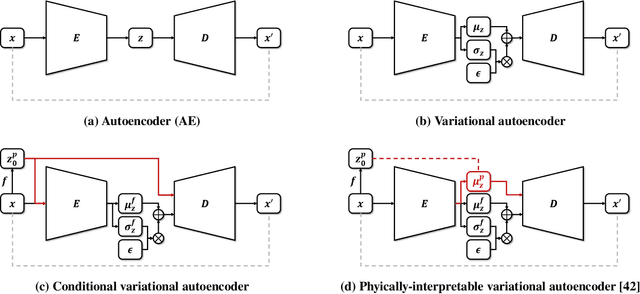
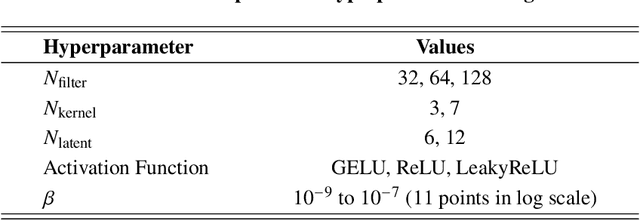
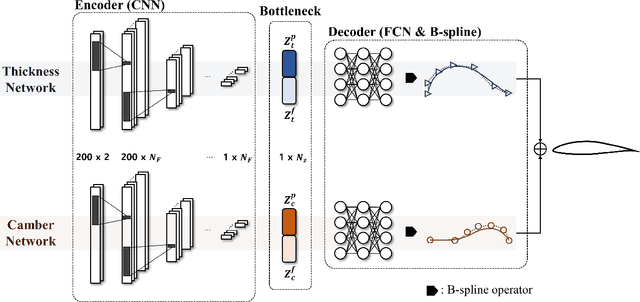

Abstract:Airfoil shape optimization plays a critical role in the design of high-performance aircraft. However, the high-dimensional nature of airfoil representation causes the challenging problem known as the "curse of dimensionality". To overcome this problem, numerous airfoil parameterization methods have been developed, which can be broadly classified as polynomial-based and data-driven approaches. Each of these methods has desirable characteristics such as flexibility, parsimony, feasibility, and intuitiveness, but a single approach that encompasses all of these attributes has yet to be found. For example, polynomial-based methods struggle to balance parsimony and flexibility, while data-driven methods lack in feasibility and intuitiveness. In recent years, generative models, such as generative adversarial networks and variational autoencoders, have shown promising potential in airfoil parameterization. However, these models still face challenges related to intuitiveness due to their black-box nature. To address this issue, we developed a novel airfoil parameterization method using physics-aware variational autoencoder. The proposed method not only explicitly separates the generation of thickness and camber distributions to produce smooth and non-intersecting airfoils, thereby improving feasibility, but it also directly aligns its latent dimensions with geometric features of the airfoil, significantly enhancing intuitiveness. Finally, extensive comparative studies were performed to demonstrate the effectiveness of our approach.
Towards Reliable Uncertainty Quantification via Deep Ensembles in Multi-output Regression Task
Apr 14, 2023Abstract:Deep ensemble is a simple and straightforward approach for approximating Bayesian inference and has been successfully applied to many classification tasks. This study aims to comprehensively investigate this approach in the multi-output regression task to predict the aerodynamic performance of a missile configuration. By scrutinizing the effect of the number of neural networks used in the ensemble, an obvious trend toward underconfidence in estimated uncertainty is observed. In this context, we propose the deep ensemble framework that applies the post-hoc calibration method, and its improved uncertainty quantification performance is demonstrated. It is compared with Gaussian process regression, the most prevalent model for uncertainty quantification in engineering, and is proven to have superior performance in terms of regression accuracy, reliability of estimated uncertainty, and training efficiency. Finally, the impact of the suggested framework on the results of Bayesian optimization is examined, showing that whether or not the deep ensemble is calibrated can result in completely different exploration characteristics. This framework can be seamlessly applied and extended to any regression task, as no special assumptions have been made for the specific problem used in this study.
Physics-aware Reduced-order Modeling of Transonic Flow via $β$-Variational Autoencoder
May 02, 2022


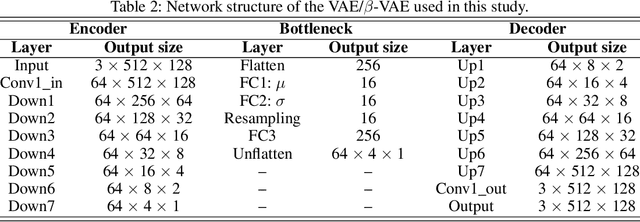
Abstract:Autoencoder-based reduced-order modeling has recently attracted significant attention, owing to the ability to capture underlying nonlinear features. However, its uninterpretable latent variables (LVs) severely undermine the applicability to various physical problems. This study proposes physics-aware reduced-order modeling using a $\beta$-variational autoencoder to address this issue. The presented approach can quantify the rank and independence of LVs, which is validated both quantitatively and qualitatively using various techniques. Accordingly, LVs containing interpretable physical features were successfully identified. It was also verified that these "physics-aware" LVs correspond to the physical parameters that are the generating factors of the dataset, i.e., the Mach number and angle of attack in this study. Moreover, the effects of these physics-aware LVs on the accuracy of reduced-order modeling were investigated, which verified the potential of this method to alleviate the computational cost of the offline stage by excluding physics-unaware LVs.
Inverse design optimization framework via a two-step deep learning approach: application to a wind turbine airfoil
Aug 19, 2021

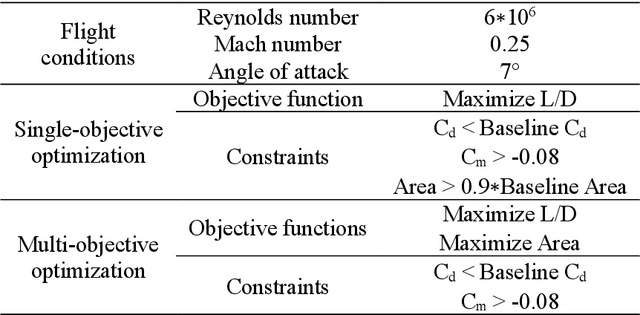
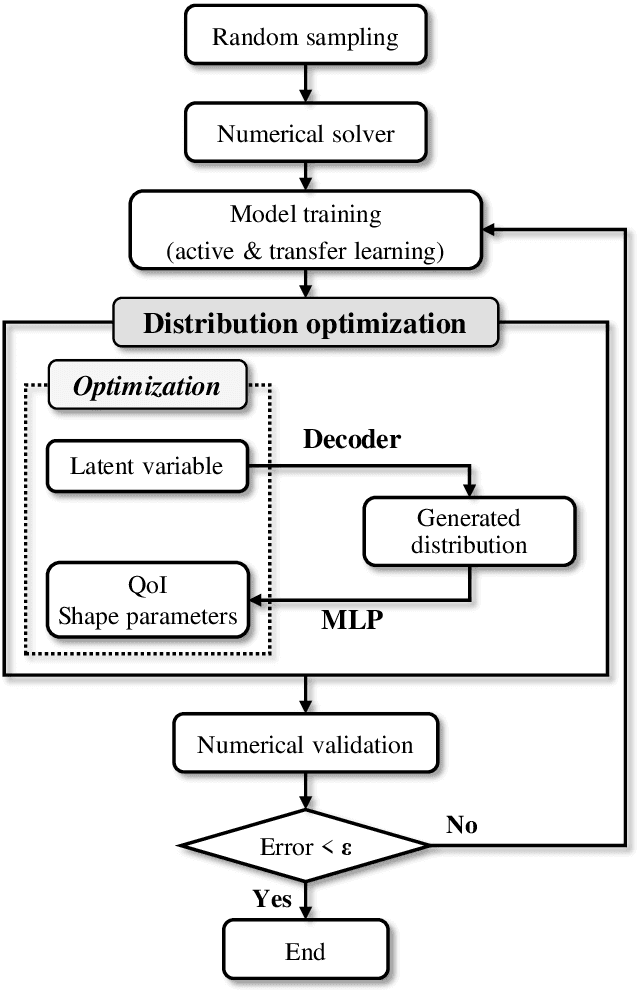
Abstract:Though inverse approach is computationally efficient in aerodynamic design as the desired target performance distribution is specified, it has some significant limitations that prevent full efficiency from being achieved. First, the iterative procedure should be repeated whenever the specified target distribution changes. Target distribution optimization can be performed to clarify the ambiguity in specifying this distribution, but several additional problems arise in this process such as loss of the representation capacity due to parameterization of the distribution, excessive constraints for a realistic distribution, inaccuracy of quantities of interest due to theoretical/empirical predictions, and the impossibility of explicitly imposing geometric constraints. To deal with these issues, a novel inverse design optimization framework with a two-step deep learning approach is proposed. A variational autoencoder and multi-layer perceptron are used to generate a realistic target distribution and predict the quantities of interest and shape parameters from the generated distribution, respectively. Then, target distribution optimization is performed as the inverse design optimization. The proposed framework applies active learning and transfer learning techniques to improve accuracy and efficiency. Finally, the framework is validated through aerodynamic shape optimizations of the airfoil of a wind turbine blade, where inverse design is actively being applied. The results of the optimizations show that this framework is sufficiently accurate, efficient, and flexible to be applied to other inverse design engineering applications.
 Add to Chrome
Add to Chrome Add to Firefox
Add to Firefox Add to Edge
Add to Edge